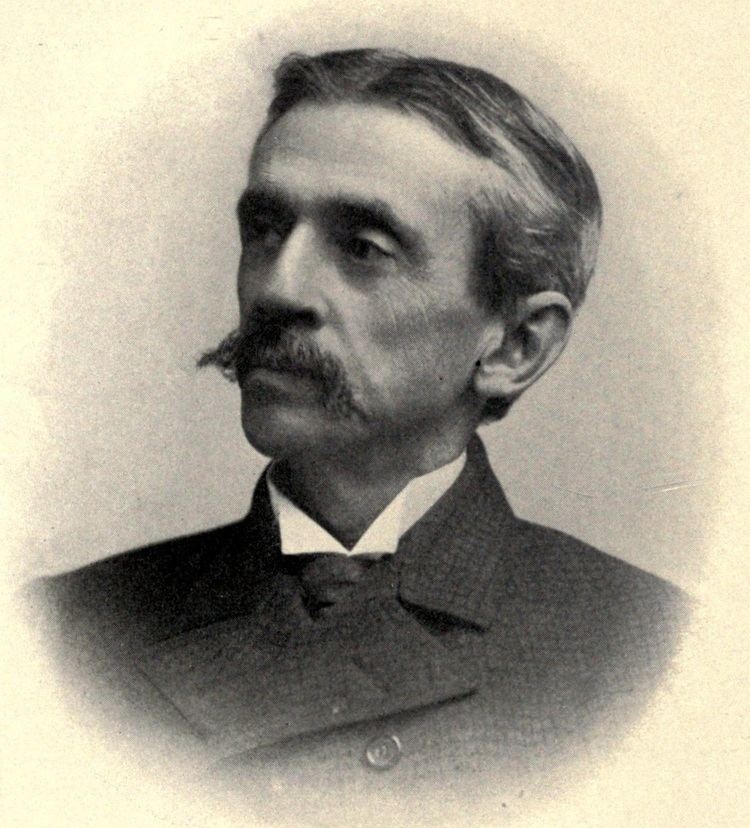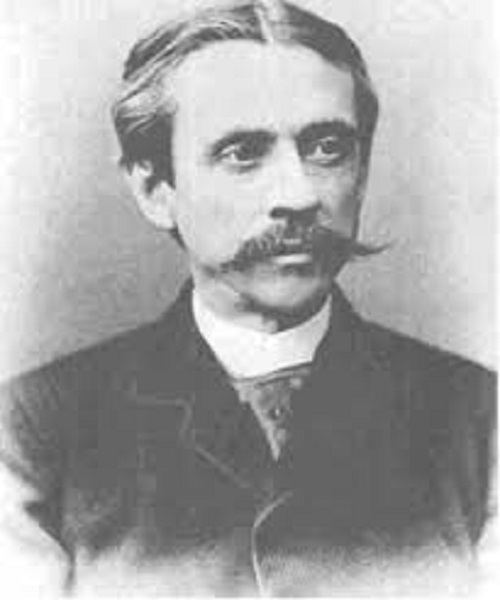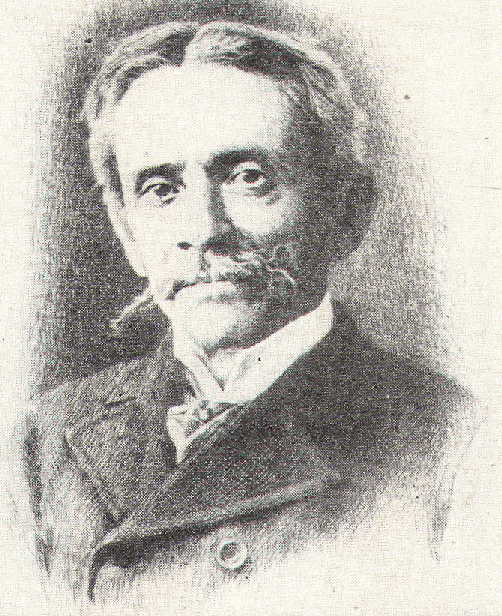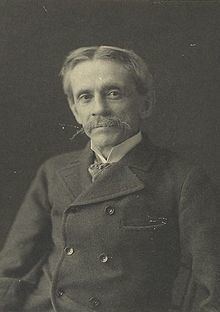Occupation Humorist, writer Name Frank Stockton Signature | Genre Children's literature Nationality American Role Writer | |
 | ||
Born Frank Richard StocktonApril 5, 1834Philadelphia ( 1834-04-05 ) Died April 20, 1902, Washington, D.C., United States Books The griffin and the minor can, The Lady or the Tiger and Other, The Bee‑Man of Orn and, The Great War Syndicate, The Great Stone of Sardis Similar People Maurice Sendak, Sarah Orne Jewett, Ruth McEnery Stuart, Jack Zipes | ||
The Lady or the Tiger by Frank R Stockton
Frank Richard Stockton (April 5, 1834 – April 20, 1902) was an American writer and humorist, best known today for a series of innovative children's fairy tales that were widely popular during the last decades of the 19th century.
Contents
- The Lady or the Tiger by Frank R Stockton
- 15 The Lady or The Tiger by Frank R Stockton
- Life
- Writings
- Works
- References

15 - The Lady or The Tiger - by Frank R. Stockton.
Life

Born in Philadelphia in 1834, Stockton was the son of a prominent Methodist minister who discouraged him from a writing career. After marrying Mary Ann Edwards Tuttle, the couple moved to Burlington, New Jersey, where he produced some of his first literary work. The couple then moved to Nutley, New Jersey.

For years he supported himself as a wood engraver until his father's death in 1860; in 1867, he moved back to Philadelphia to write for a newspaper founded by his brother. His first fairy tale, "Ting-a-ling," was published that year in The Riverside Magazine; his first book collection appeared in 1870. He was also an editor for Hearth and Home magazine in the early 1870s. Around 1899, he moved to Charles Town, West Virginia.
He died in 1902 of cerebral hemorrhage and is buried at The Woodlands in Philadelphia.
Writings
Stockton avoided the didactic moralizing common to children's stories of the time, instead using clever humor to poke at greed, violence, abuse of power and other human foibles, describing his fantastic characters' adventures in a charming, matter-of-fact way in stories like "The Griffin and the Minor Canon" (1885) and "The Bee-Man of Orn" (1887), which were republished in 1963 and 1964, respectively, in editions illustrated by Maurice Sendak. "The Griffin and the Minor Canon" won a Lewis Carroll Shelf Award in 1963.
His most famous fable, "The Lady, or the Tiger?" (1882), is about a man sentenced to an unusual punishment for having a romance with a king's beloved daughter. Taken to the public arena, he is faced with two doors, behind one of which is a hungry tiger that will devour him. Behind the other is a beautiful lady-in-waiting, whom he will have to marry, if he opens that door. While the crowd waits anxiously for his decision, he sees the princess among the spectators, who points him to the door on the right. The lover starts to open the door and ... the story ends abruptly there. Did the princess save her love by pointing to the door leading to the lady-in-waiting, or did she prefer to see her lover die rather than see him marry someone else? That quandry has made the story a staple in English classes in American schools, especially since Stockton was careful never to hint at what he thought the ending would be (according to Hiram Collins Haydn in The Thesaurus of Book Digests, ISBN 0-517-00122-5). He also wrote a sequel to the story, "The Discourager of Hesitancy."
His 1895 adventure novel The Adventures of Captain Horn was the third-best selling book in the United States in 1895.
The Bee Man of Orn and several other tales were incorporated in a book published in 1887 by Charles Scribner's Sons entitled The Queen's Museum and Other Fanciful Tales, illustrated by Frederick Richardson. Stories included "The Queen's Museum", "The Christmas Truants", "The Griffin and the Minor Canon", "Old Pipes and The Dryad", "The Bee-man of Orn", "The Clocks of Rondaine", "Christmas Before Last", "Prince Hassak's March", "The Philopena", and "Accommodating Circumstance".
Stockton's prescient work of science fiction, The Great War Syndicate, describes a late 19th century British-American war. An American syndicate made up of some of America's richest men and ablest scientists conducts the war on behalf of the United States. The Syndicate quickly wins this nearly bloodless war by repeatedly demonstrating an overwhelming technological superiority. It does so through a few inventions, especially a remarkable motor-bomb which can—much like the nuclear bombs developed by an Anglo-American alliance a half a century later—level entire cities.
In the short science fiction story "Negative Gravity," the protagonist invents a device that counteracts the force of gravity, letting people walk lightly upon the earth or even float above it. The device can thus make "weight less and work easier." He agrees with his wife, however, not to share this invention with the world:
"Now there will be companies, and patents, and lawsuits, and experiments, and people calling you a humbug, and other people saying they discovered it long ago, and all sorts of persons coming to see you, and you’ll be obliged to go to all sorts of places, and you will be an altered man, and we shall never be happy again. Millions of money will not repay us for the happiness we have lost.”
